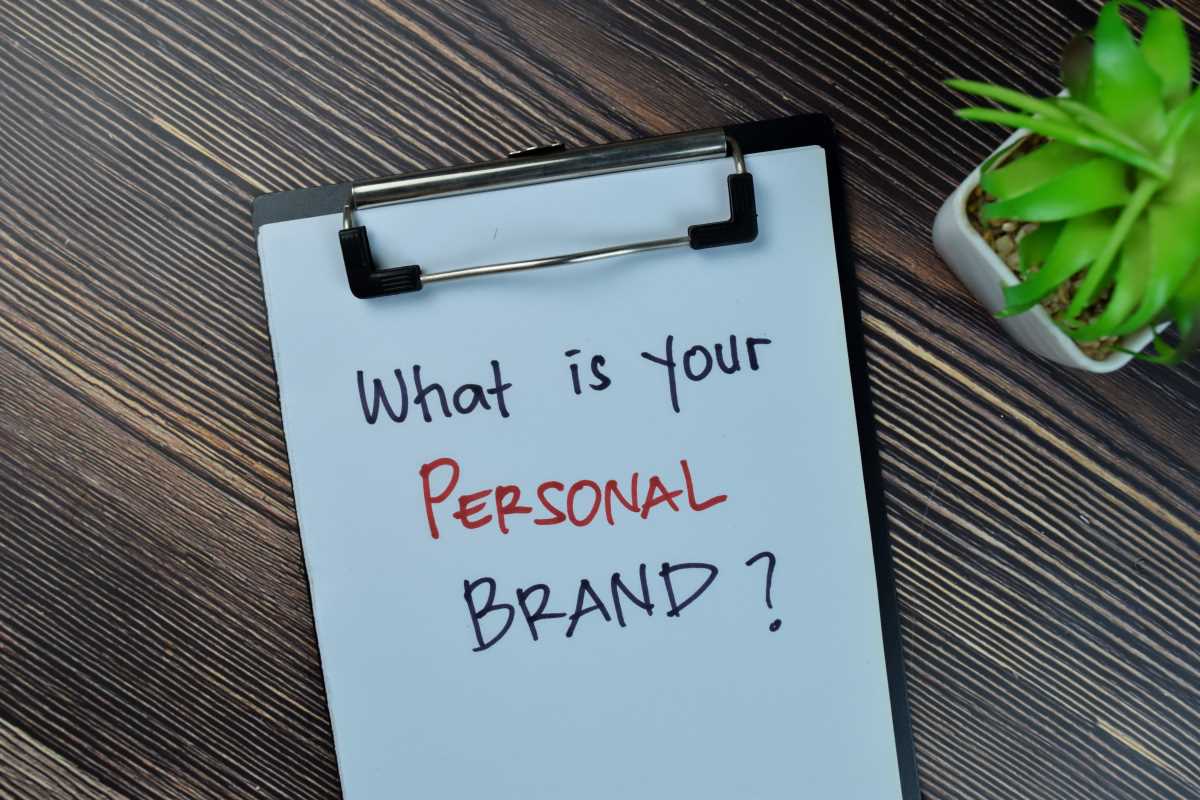Conferences can be an exciting whirlwind of activity. You get to hear from experts in your field, learn about the latest trends, and step away from your usual routine. But beyond the presentations and free coffee, conferences offer one of the most valuable opportunities for your career: the chance to network. You are in a space filled with hundreds, sometimes thousands, of people who share your professional interests. This includes potential employers, future collaborators, mentors, and peers. Making the most of this opportunity, however, requires a bit more strategy than just showing up. A little preparation and a clear plan can transform a potentially overwhelming experience into a powerful career-building event. It’s about navigating the crowds with purpose, making genuine connections, and leaving a lasting positive impression.
The DO's:
DO: Your Homework Before You Go
Walking into a conference without a plan is like going to the grocery store without a list—you’ll wander aimlessly and probably forget the most important things. A little research beforehand can make a huge difference.
- Review the attendee list: Many conferences share a list of attendees or have an event app where you can see who is coming. Scan the list for people you’d like to meet. Are there speakers whose work you admire? People from companies you’re interested in? Make a short list of 5-10 "must-meet" individuals.
- Study the schedule: Look at the sessions, workshops, and social events. Plan which ones you’ll attend not only based on the topic but also on the networking potential. A smaller, more interactive workshop can be a better place to connect than a huge keynote speech.
- Prepare your introduction: You will be asked "What do you do?" dozens of times. Have a short, clear, and interesting answer ready. This isn’t a formal elevator pitch, but a simple way to introduce yourself that opens the door for more conversation.
DO: Focus on Quality Over Quantity
It’s tempting to try and meet as many people as possible, collecting a huge stack of business cards. But this is a mistake. A hundred superficial interactions are worth far less than five genuine conversations. Your goal is not to "work the room" but to make real connections. It's better to have a memorable 10-minute conversation with one person than a 30-second handshake with twenty.
DO: Use Your Listening Skills
The best networkers are the best listeners. Instead of waiting for your turn to talk, be genuinely curious about the person you’re speaking with. Ask open-ended questions that invite them to share their story.
- "What was your biggest takeaway from that last session?"
- "What's the most exciting project you're working on right now?"
- "What brought you to this conference?"
When you listen more than you talk, people will walk away feeling heard and respected, which leaves a much stronger impression than if you had just talked about yourself.
DO: Have an Exit Strategy
Sometimes you get stuck in a conversation that is going nowhere, or you simply need to move on. Leaving politely can be awkward if you don't know how. Have a few graceful exit lines ready.
- "It was so great talking with you. I'm going to grab a coffee before the next session starts, but I'd love to connect on LinkedIn."
- "I don't want to monopolize your time, and I see someone else I need to catch. It was a pleasure meeting you."
- "I'm heading to the [Next Session Name] now, but thank you so much for the chat."
DO: Follow Up Within 24-48 Hours
This is the most critical step. All the great conversations you had will be for nothing if you don't follow up. Send a personalized email or a LinkedIn connection request to the people you had meaningful interactions with.
In your message, remind them of where you met and reference something specific you talked about. This shows you were paying attention and helps them remember you. For example: "Hi [Name], it was great meeting you at the [Conference Name] yesterday. I really enjoyed our conversation about your work in sustainable packaging. I'd love to stay in touch."
The DON'TS:
DON'T: Be a Human Billboard
A conference is not the place to aggressively sell yourself or your company. Pushing your agenda on every person you meet is a quick way to get a bad reputation. Networking is about building relationships, not closing deals on the spot. Lead with curiosity and a desire to learn about the other person. If there's a natural fit for your product or skills, it will emerge in the conversation.
DON'T: Linger by the Food Table
The buffet or coffee station can feel like a safe zone, but hiding there means you’re missing out on opportunities. It's fine to grab a drink or a snack, but don’t plant yourself there for the entire break. Use it as a launching point. Grab your coffee and then find someone standing alone or a small, open group to join.
DON'T: Monopolize Someone's Time
Be respectful of the fact that everyone is there to meet multiple people. If you’re having a great conversation with a popular speaker or a senior executive, be mindful that others are likely waiting to talk to them as well. Keep your interaction concise and impactful, and then politely move on. You can always suggest continuing the conversation later or following up by email.
DON'T: Interrupt an Existing Conversation
It can be tempting to jump into a conversation that looks interesting, but cutting someone off is rude. Instead, approach the group slowly and wait for a natural pause. Make eye contact with someone in the group to signal your interest. When there's a break in the conversation, you can then introduce yourself.
DON'T: Forget Your Business Cards (or a Digital Alternative)
While the focus is on quality conversations, you still need a way to exchange contact information. Traditional business cards are still useful. Make sure yours are up-to-date and easily accessible. Alternatively, have your LinkedIn profile QR code saved on your phone for a quick and modern way to connect. The worst-case scenario is having a great conversation and then having no easy way to stay in touch.
 (Image via
(Image via





